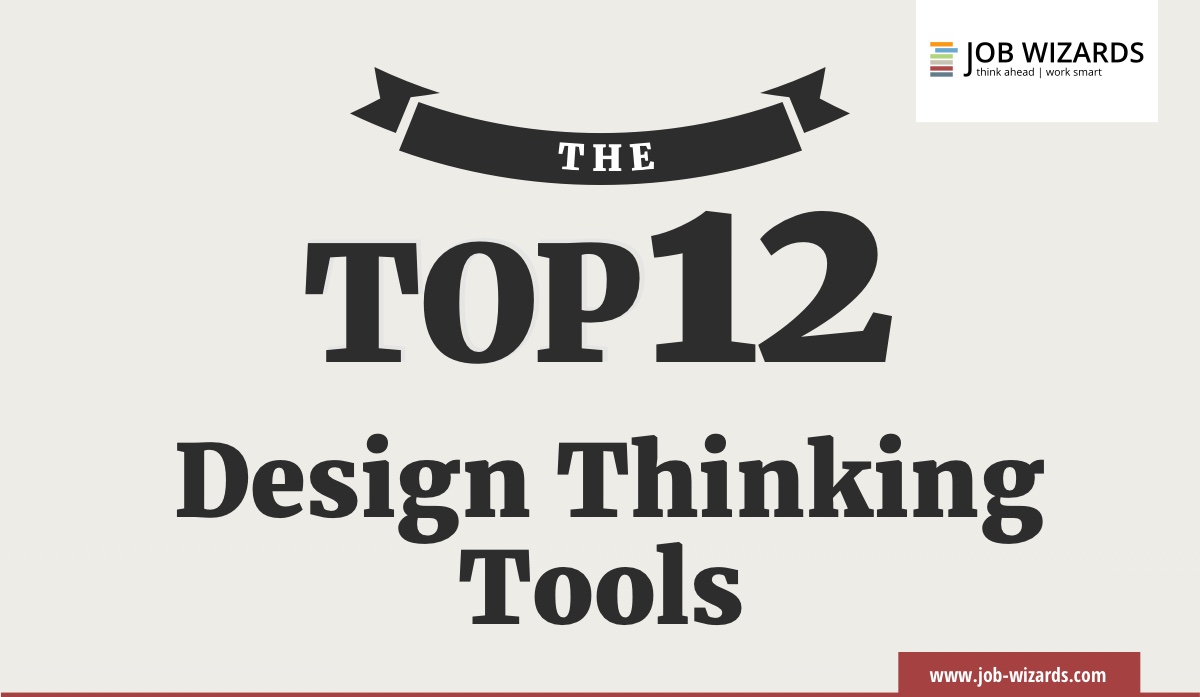When it comes to creativity, practice takes precedence over study. Design thinking goes even further: practice and study are combined. In this case, study is more about observing and empathising. The conclusions drawn from that are then used practically, in brainstorming, sketches, mock-ups and ideas about ideas. We explain what design thinking is all about.
Design thinking – what is it exactly?
The basic principles can be explained quickly, but once you examine the details, you develop the desire to create a walk-in exploded-view drawing of the possible applications and paths.
In short: design thinking is an approach to complex problems that always focuses on the target group of the product or service (e.g. the user of a product) and their requirements. To this end, an interdisciplinary group of people work together in an environment that promotes creativity. As a team, they want to develop the right questions with which they can develop solutions to convince the user. With this in mind, the team proceeds in this order: understand the problem and observe the basic situation, develop and refine ideas on the topic, implement them, learn in the process and design them in a way that is user-friendly and oriented to the personal requirements of the target group.




